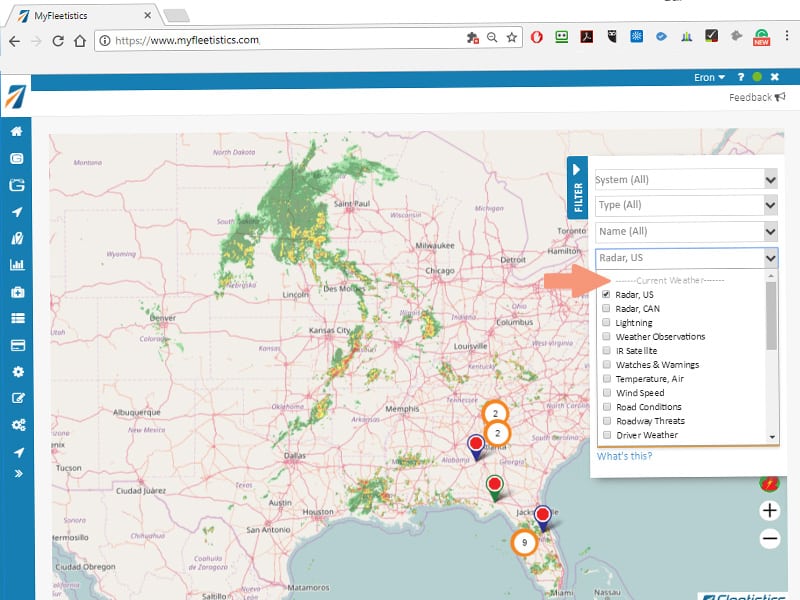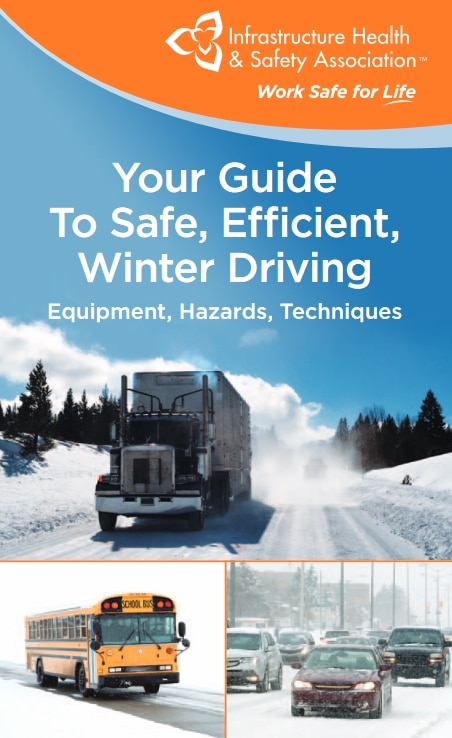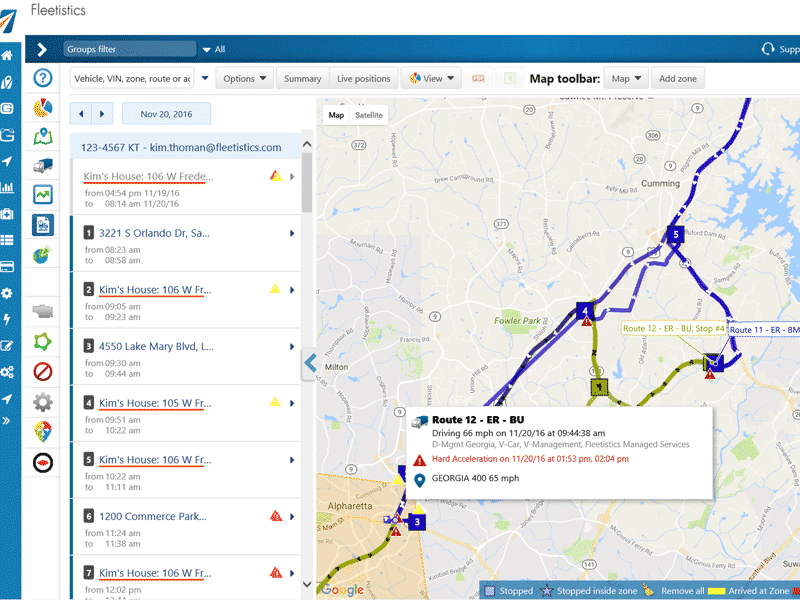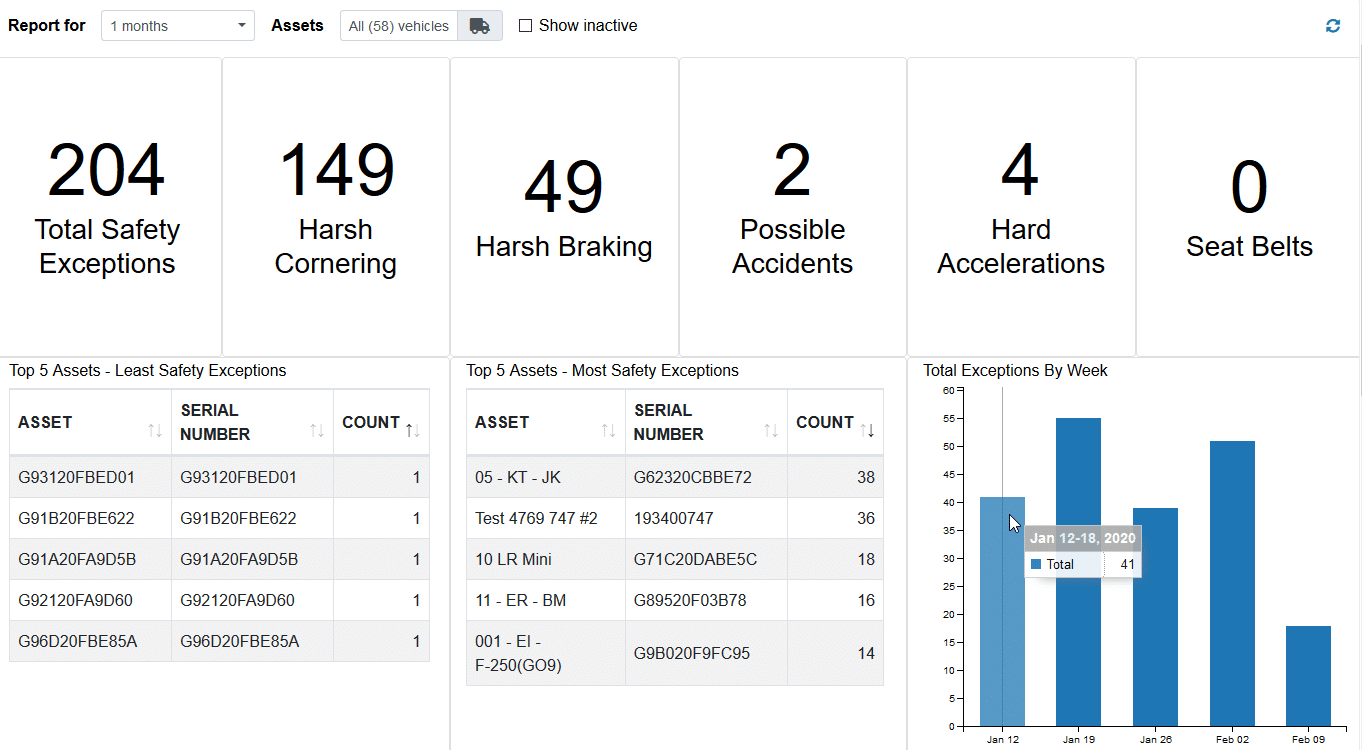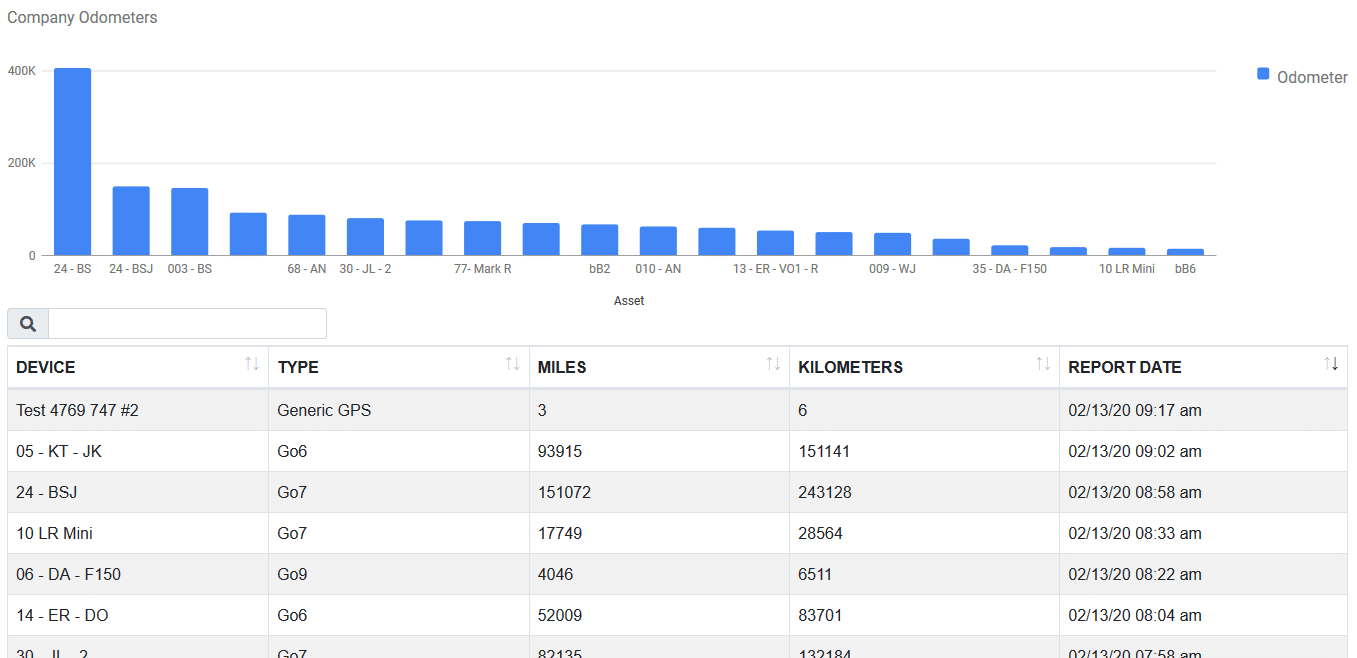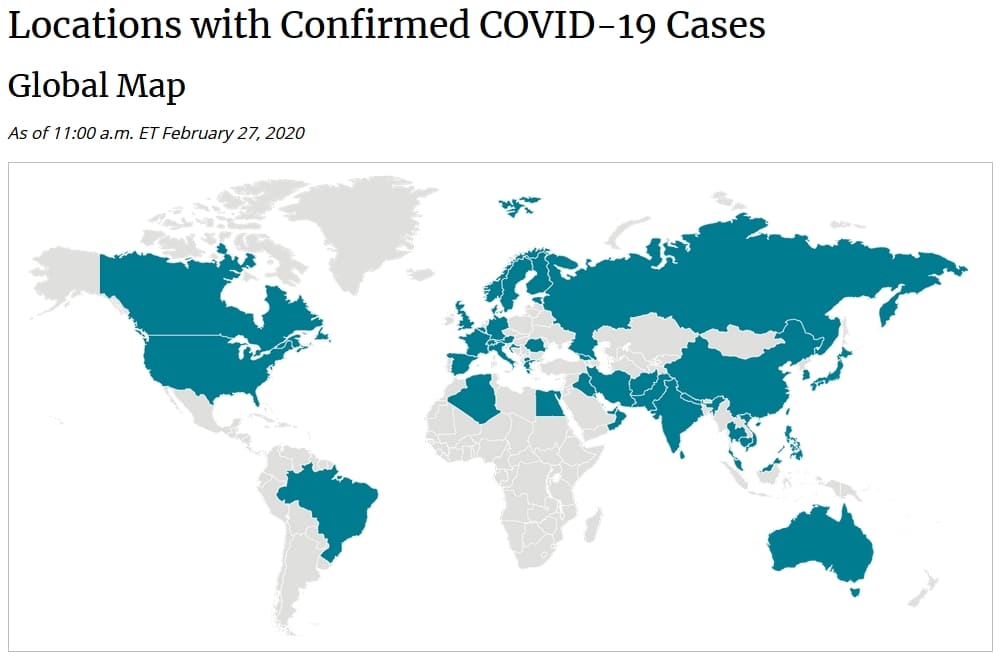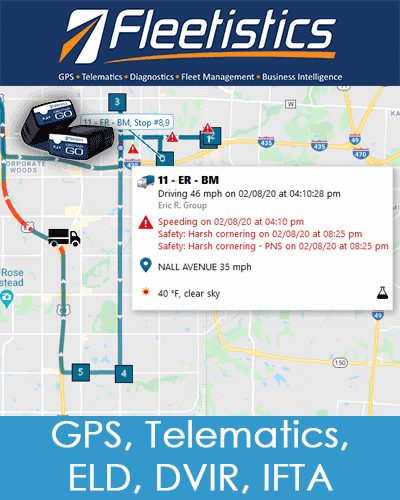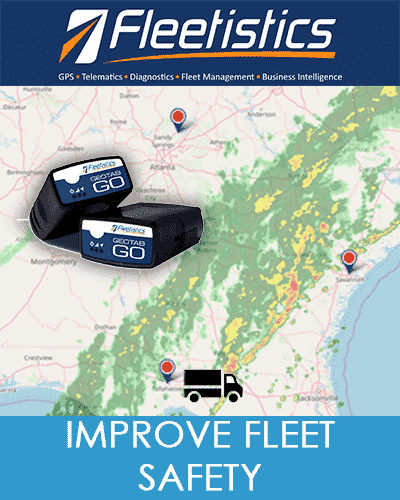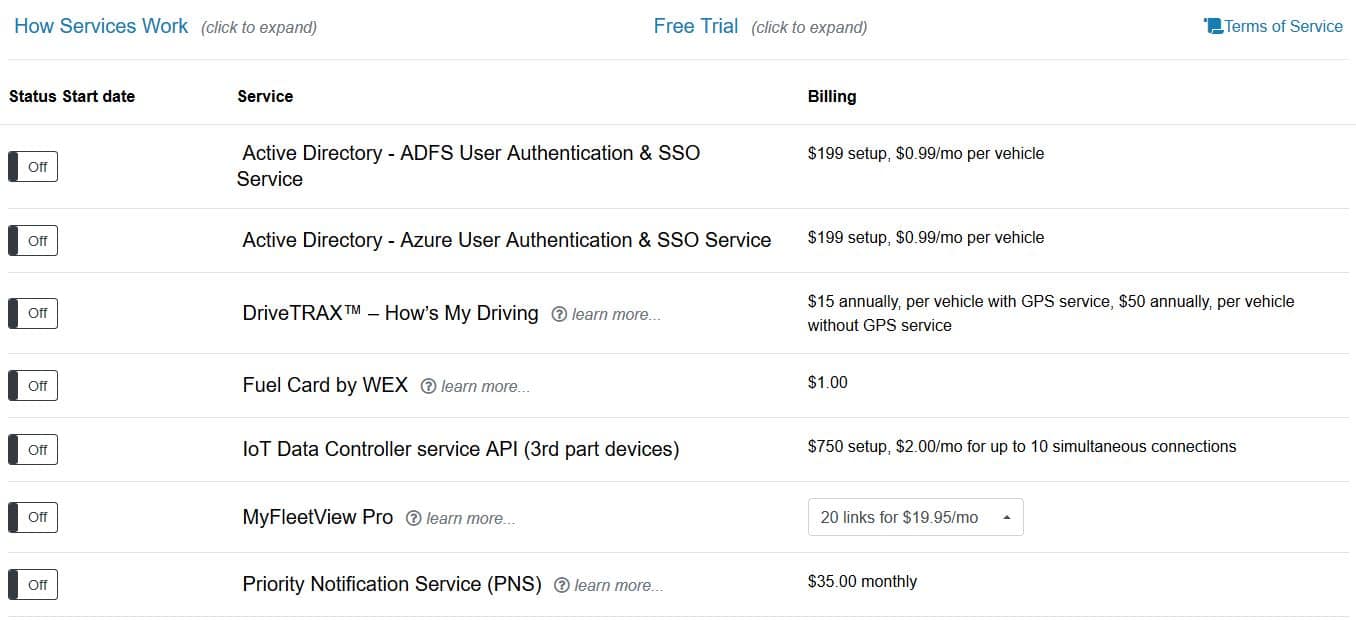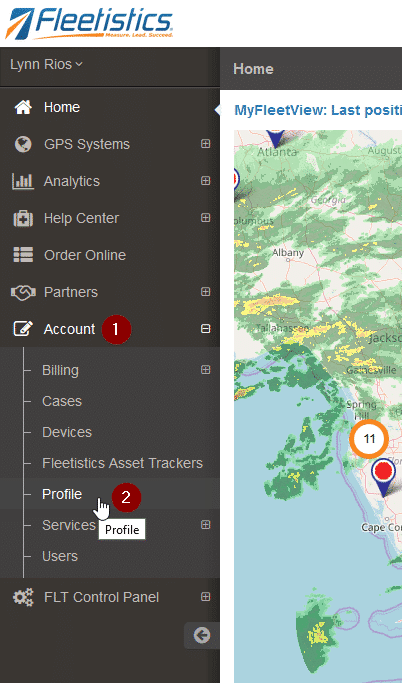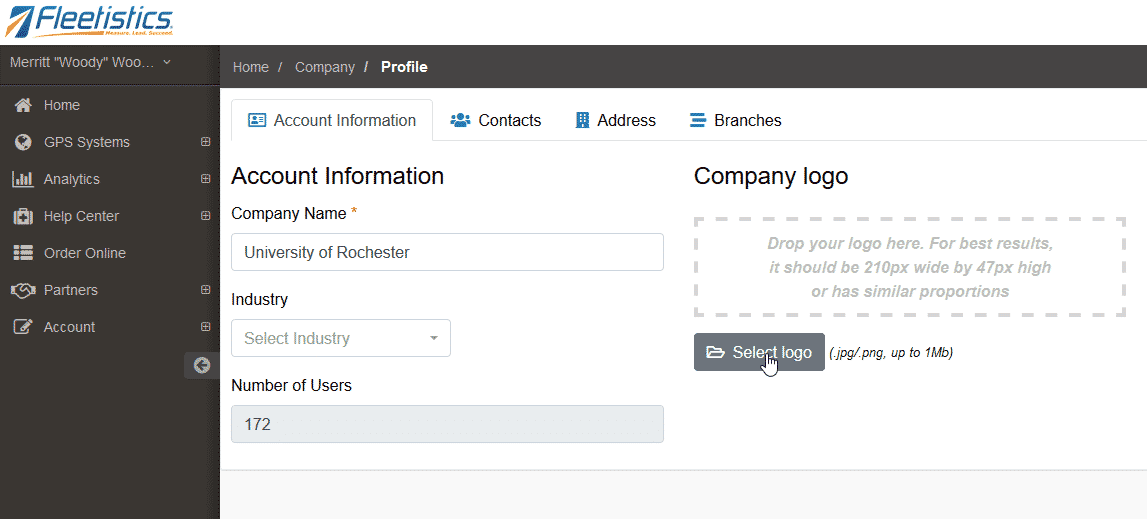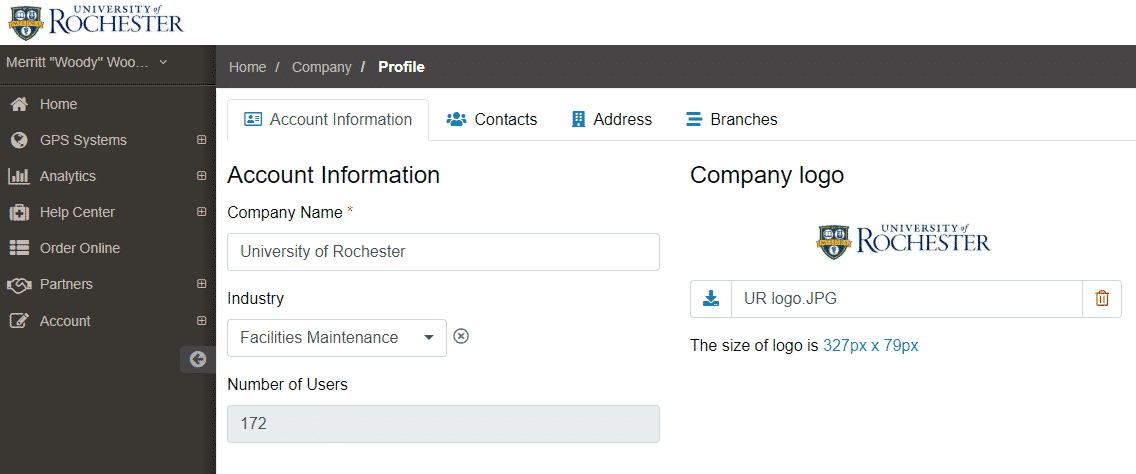Winter Driving
Winter Driving Best Practices
Driving during dangerous conditions can impact us personally and professionally. People die every year in private and commercial vehicles due to hazardous winter driving conditions. Is this mother natures fault or the drivers fault? In most cases accidents are avoidable. First of all, simply not to drive when the conditions are too bad. Similarly, we can choose to wait out a storm at a rest stop, and when we do drive, drive much slower to allow for more stopping distance. 99% of the time we have the power to determine the outcome by taking precautionary steps to avoid an accident. In some rare cases we are simply victims of someone else’s poor judgement.
Avoiding Dangerous Driving Conditions
Ideally, we can simply avoid dangerous driving conditions by not going out or driving around the hazardous areas. Fleetistics offers a Pro weather service which can predict areas of snowfall, black ice and high winds with a high degree of probability. Waiting 1-2 hours at a rest stop or taking an alternate route after the worst weather has passed could mean avoiding a massive pile up. In situations where you simply feel compelled to drive in bad conditions following winter driving best practices can reduce your chances of being involved in a significant accident.
Two Rules To Live By
There are two very simple things you can avoid doing to reduce your chances of becoming involved in an accident. If you remember nothing but these two things they could be what brings you home safe at night to your family.
Driving Too Fast
By driving too fast you reduce your reaction time. The decision making process is condensed and your ability to weight your options is also limited. Secondly, the severity of the accident is going to be compounded. In a big truck this means a higher potential to kill people around you and to damage your load.
Following Too Close
With more stopping distance you can reduce your speed and make better decisions. If you cannot stop in your lane you have more time to consider options such as changing lanes or going off the road. Sometimes hitting an object at a slight angle is safer than swerving off the road altogether.
Guide to Winter Driving
Click to Download
Infrastructure Health and Safety Association, 2014
Visit ihsa.ca
Winter Driving Safety Guide – Canada
The Infrastructure Health & Safety Association (IHSA) created a guide to help remind drivers of the basic and important steps to driving safe during winter conditions. Canadians are some of the most qualified drivers in winter conditions. The below outline shows the major topics of the guide. Consider printing and distributing the guide on an annual basis and look into classroom training. It is a nice break from the routine and helps drivers focus on being safe. When everyone drives accident free, everyone and the company wins.
Prepare For Winter
The Six Primary Hazards of Winter Driving
Techniques for Skillful Winter Driving
Emergency Vehicles
National Safety Council – USA
Fleetistics is a certified National Safety Council training partner located in sunny Tampa Florida. The Defensive Driving Course (DDC) is taught monthly and is available to companies for onsite training. Students successfully completing the course receive a certificate recognized nationally by almost all organizations, including the Courts.
GPS Vehicle Tracking and Telematics
To keep vehicles safe Fleetistics provides GPS fleet tracking solutions which provide vehicle use data. Winter driving can be studied, rules created and exceptions generated that enable fleet managers to spot drivers who have not adjusted their driving behaviors for winter driving conditions. By correcting the behavior or routing around hazardous winter driving conditions, fleet can be safe and arrive on-time.

